SPE-03 Automated SPE System – 8-Channel Solid Phase Extraction for PFAS
Meta Title: SPE-03 Automated SPE System – 8-Channel Solid Phase Extraction for PFAS
Meta Description: The SPE-03 Automated SPE System processes 8 samples in parallel for solid phase extraction. It complies with EPA methods for PFAS, pesticides, and other environmental compounds.
Introduction
The SPE-03 Automated SPE System provides a fully automated and standardized solution for the solid phase extraction (SPE) process. This compact, 8-channel system is designed to handle a wide range of liquid samples. It utilizes positive pressure to ensure consistent flow rates, making it ideal for environmental and food safety laboratories.
Product Overview
This instrument is designed to support diverse analytical applications, offering flexibility and reliability. The SPE-03 Automated SPE System is particularly effective for PFAS analysis, supporting methods like EPA 533 and 1633. Its small footprint allows it to fit easily into any standard fume hood. The instrument processes all 8 samples in parallel, ensuring all samples start and finish simultaneously for improved workflow and sample consistency.
Key Features
- 8-Channel Processing: Processes up to 8 samples in parallel for increased throughput.
- Positive Pressure: Uses positive pressure to deliver fluids at stable flow rates.
- Compact Design: A 35 x 35 cm footprint saves space and fits easily in a fume hood.
- Flexible: Supports various SPE column sizes (1, 3, 6, 12, 20 mL) and sample volumes up to 4000 mL.
- Automated Features: Includes bottle rinsing, separate waste outlets, and nitrogen drying.
- Easy Control: Operated via a 5-inch resistive touch screen.
Technical Specifications
| Model | SPE-03 |
| Sample capacity | 8 samples in parallel |
| Sample volume | 0.5 – 4000 mL |
| SPE column sizes | 1, 3, 6, 12, 20 mL |
| Solvent capacity | Up to 9 (7 is standard) |
| Fractions | Up to 6 (2 is standard) |
| System control | 5-inch touch screen |
| Dimensions (W x D x H) | 35 cm x 35 cm x 45 cm |
| Weight | 13 kg |
Applications
- PFAS analysis (per EPA Methods 533, 537.1, 1633; ISO 21675).
- 1,4-Dioxane analysis (per EPA Method 522).
- Pesticides, PAHs, and PCBs analysis (per EPA Methods 525.2, 525.3).
- Nitrosamines analysis (per EPA Method 521).
- Microcystins and Nodularin analysis (per EPA Method 544).
- Sample cleanup for food, soil, fuel, and forensic matrices.
Pricing
Please contact us for consultation and detailed quotation.
FAQ
1. What is the SPE-03 Automated SPE System used for?
The system is used to automate the process of Solid Phase Extraction (SPE), which is a technique for sample cleanup and concentration before analysis by methods like LC/MS or GC/MS.
2. How many samples can the system process at once?
The SPE-03 can process 8 samples simultaneously, which significantly increases laboratory productivity.
3. Is the SPE-03 Automated SPE System suitable for PFAS analysis?
Yes, this is one of its primary applications. It is designed to comply with key EPA methods for the analysis of PFAS in water.
4. Does the system use vacuum or positive pressure?
The system uses positive pressure to push liquids through the SPE columns, which provides better flow control and prevents column clogging.
5. What is the maximum sample volume the system can handle?
The system is capable of handling large volume samples, up to 4000 mL (4 liters).
Conclusion
The SPE-03 Automated SPE System offers reliable, unattended solid phase extraction for up to 8 samples. Its compact design and compliance with key EPA methods make it a valuable tool for environmental and analytical laboratories.
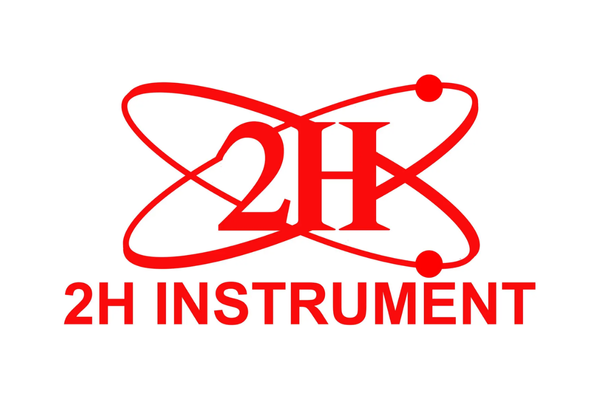
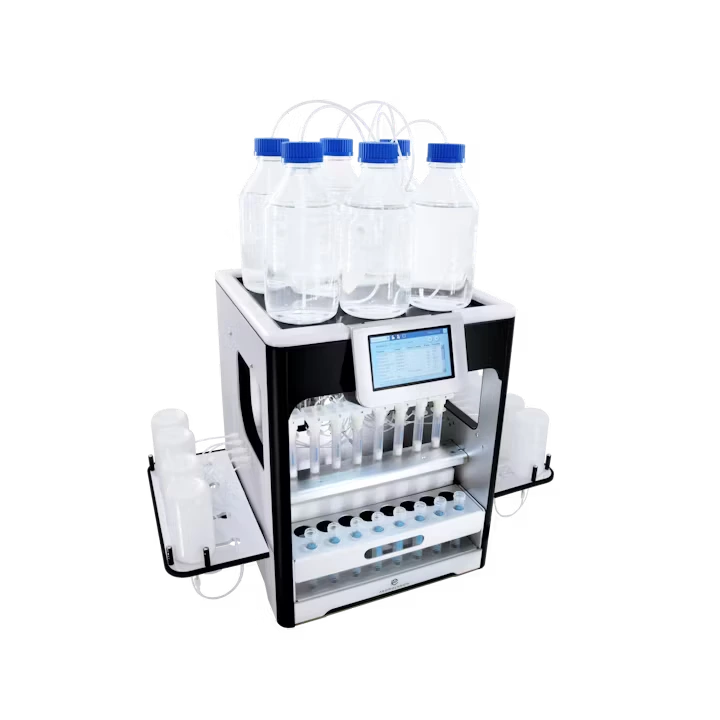

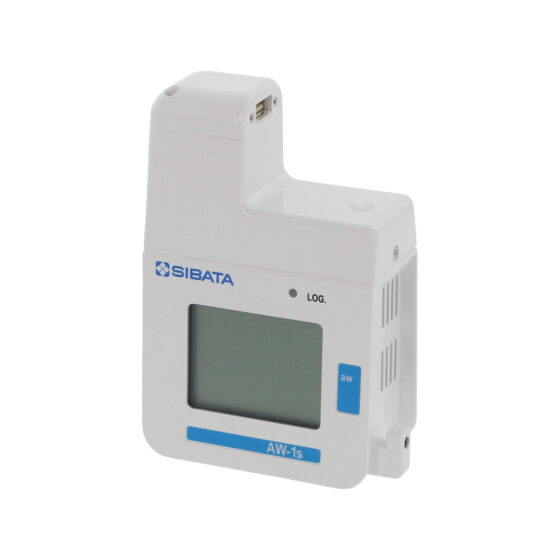
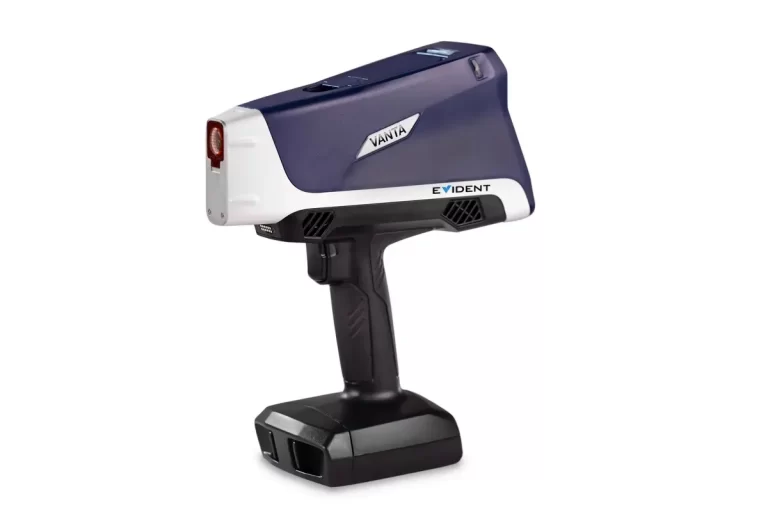
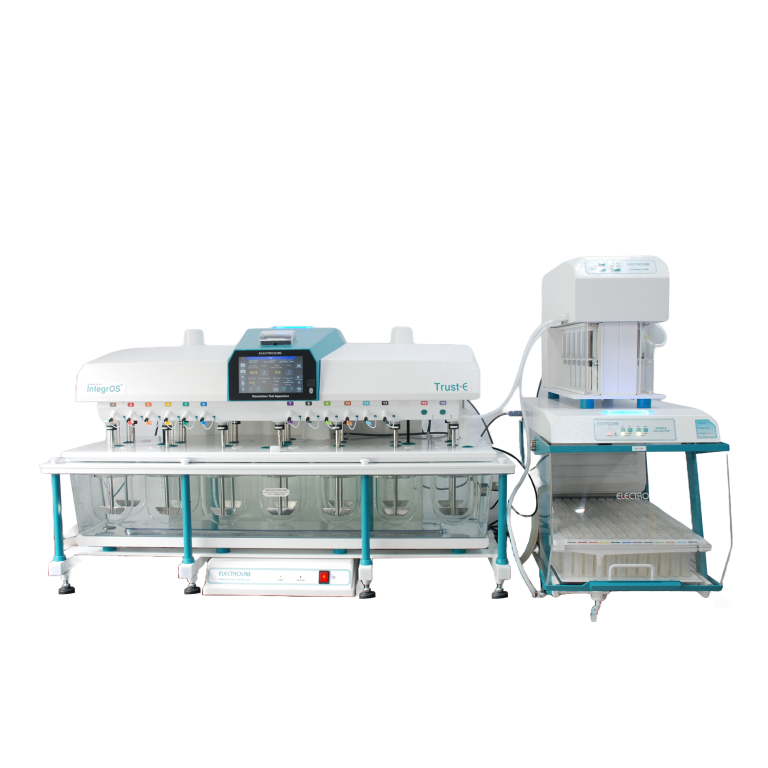
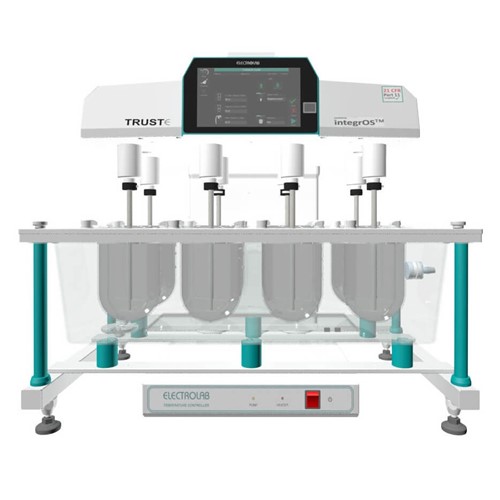
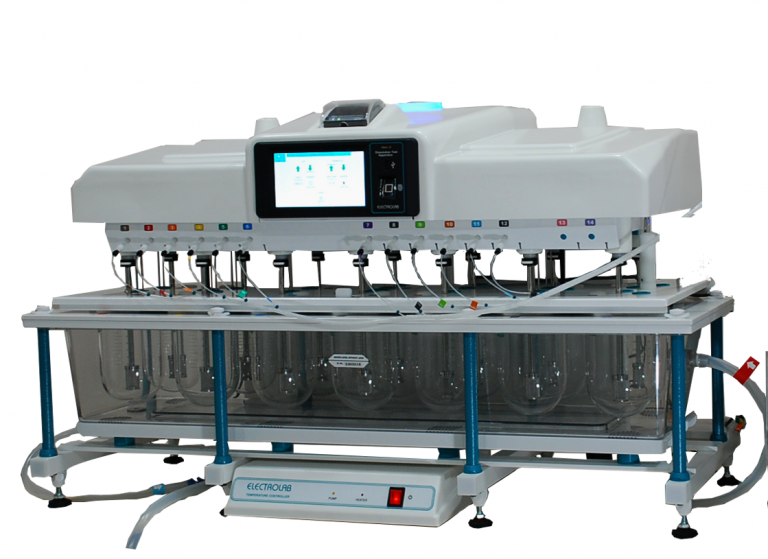
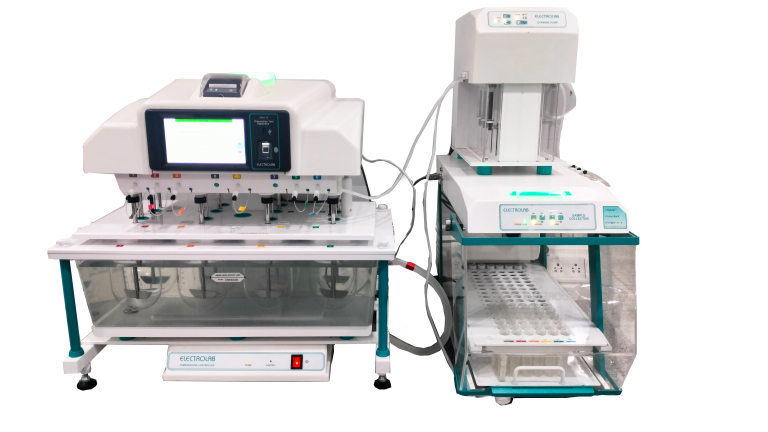
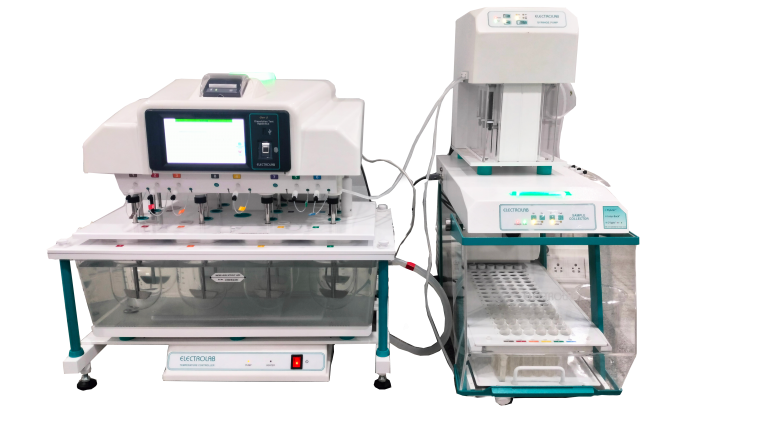
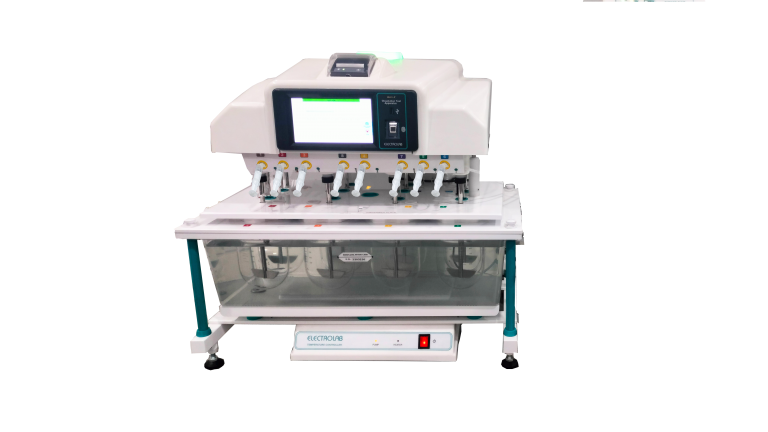
Reviews
There are no reviews yet.